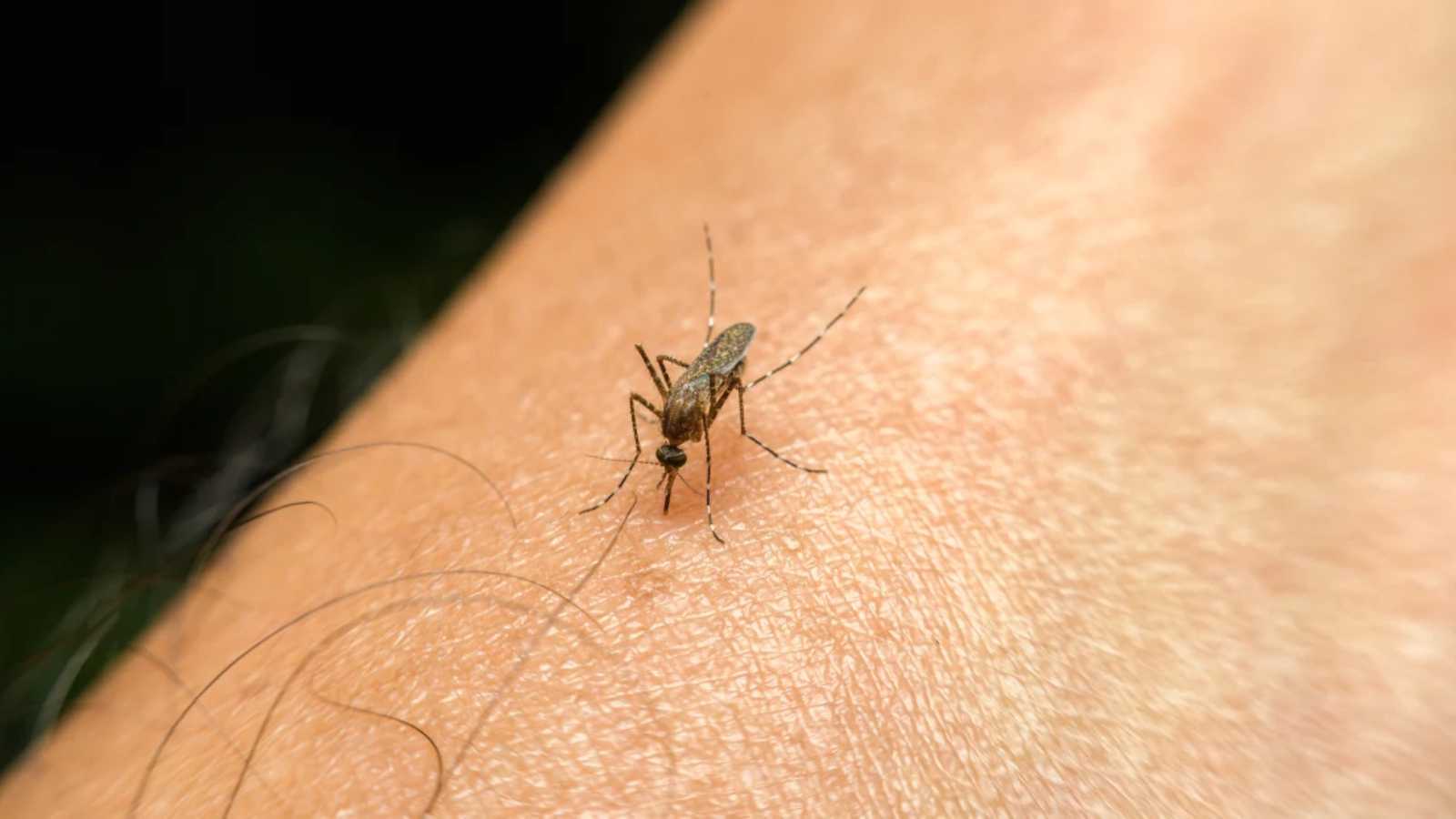Mosquitoes (or mosquitos) are members of a group of almost 3,600 species of small flies within the family Culicidae (from the Latin culex meaning “gnat“). The word “mosquito” (formed by mosca and diminutive -ito) is Spanish for “little fly“. Mosquitoes have a slender segmented body, one pair of wings, one pair of halteres, three pairs of long hair-like legs, and elongated mouthparts.
The mosquito life cycle consists of egg, larva, pupa, and adult stages. Eggs are laid on the water surface; they hatch into motile larvae that feed on aquatic algae and organic material. These larvae are important food sources for many freshwater animals, such as dragonfly nymphs, many fish, and some birds such as ducks. The adult females of most species have tube-like mouthparts (called a proboscis) that can pierce the skin of a host and feed on blood, which contains protein and iron needed to produce eggs. Thousands of mosquito species feed on the blood of various hosts — vertebrates, including mammals, birds, reptiles, amphibians, and some fish; along with some invertebrates, primarily other arthropods.
The mosquito’s saliva is transferred to the host during the bite, and can cause an itchy rash. In addition, many species can ingest pathogens while biting, and transmit them to future hosts. In this way, mosquitoes are important vectors of parasitic diseases such as malaria and filariasis, and arboviral diseases such as yellow fever, Chikungunya, West Nile, dengue fever, and Zika. By transmitting diseases, mosquitoes cause the deaths of more people than any other animal taxon: over 700,000 each year. It has been claimed that almost half of the people who have ever lived have died of mosquito-vectored disease, but this claim is disputed, with more conservative estimates placing the death toll closer to 5% of all humans. Mosquitoes cannot live or function properly when the air temperature is below 10 degrees Celsius (50 degrees Fahrenheit). They are mostly active at 15–25 degrees Celsius (60–80 degrees Fahrenheit).
6 STEP TO HELP YOU WITH MOSQUITOES
- Eliminate standing water in containers where mosquitoes can breed.
- Empty and change the water in bird baths, fountains, wading pools, rain barrels, and potted plant trays at least once a week to destroy potential mosquito habitats.
- Drain or fill temporary pools of water with dirt.
- Keep swimming pool water treated and circulating.
- Control mosquito larvae using the appropriate pest control methods for your home.
- Control adult mosquitoes using insecticides.

Inspect



